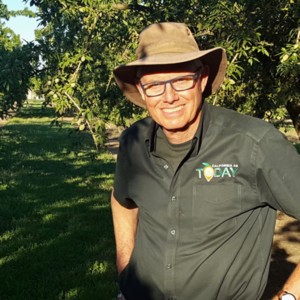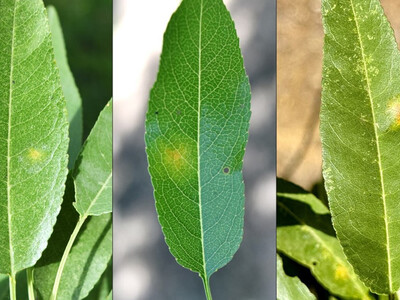The need to Report Mating Disruption Strategies as a Pesticide
Mating disruption for navel orangeworm---the number one pest for almonds and pistachios should be reported on a pesticide use report said David Havilland, a UCAR farm advisor and entomologist, based in Kern County.“One interesting thing about mating disruption is that it is actually technically classified as a pesticide. So most people only think of pheromones, they think of pheromone traps, that aren't anything you would report,” Haviland said. Whereas if you spray or put out dispensers of a mating disruption product, it is a pesticide which, means it does need to be reported on your pesticide use reports. And this is a case we want to make sure that it's reported.
Haviland said that they know that the amount of mating disruption used out in the industry is a lot more than shows up on those reports. “But having the use show up in the reports is valuable for people that are trying to advocate all the great things that almonds, walnuts and pistachio growers are doing to use reduced risk, green, sustainable methods for managing pests. That's a pest site you want to report because there's a positive message every time it gets used.
And again, Haviland said that consumers want to hear about these positive things.
“Absolutely, and that's the goal,” said Haviland “We want everyone out there to want to consume those, y healthy, fiber, protein filled nut crops in every bowl of cereal or granola bar that's out there. And anything we can do to make sure that that's the kind of product that's being produced is going to go well for the marketing people, and ultimately the consumer.”

















